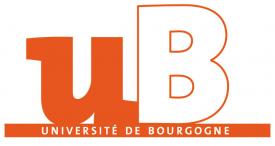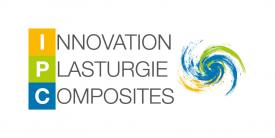ACTIA project within the framework of the PropackFood RMT
Period: January 1er, 2017 - June 30, 2018
Partners: 3S'inPACK/IPC, CNAM\ laboratoire PIMM, CTCPA, LNE, Université de Bourgogne\ laboratoire PAM
Objectives
Foods increasingly require packaging with high gas barrier properties to ensure long shelf lives and thus limit food waste by disposing of many foods. The technology most commonly used to achieve these barrier properties at moderate cost is to combine high-performance but expensive high-barrier materials with commodity polymers such as polyolefins, styrenics or polyesters. These multi-layer technologies give rise to considerable recycling problems, which will be exacerbated by new regulations on the recycling of household packaging. One solution is to work with single-layer or near-single-layer materials. Today's solution is PVDC coatings, where PVDC, a high-barrier polymer, can be deposited in almost negligible thickness (2 to 3 µm) on a polyester film, for example. Unfortunately, due to its chemical structure, PVDC is not an acceptable candidate today, being incompatible with material recycling units or.
The aim is to work on the introduction of lamellar nanofillers on hydrophilic but also hydrophobic matrices, to assess the state of dispersion of these nanofillers in the various stages of film preparation, to evaluate the barrier properties obtained by carrying out interlaboratory tests given the low values measured, and to characterize the effect of the mechanical properties (cracking, adhesion) of the coated film.
Main results
The project produced 12-micrometer-thick PET films coated with 3 vermiculite-filled PVOH, PKHW and gelatin matrices at rates of 0% to 80%, and characterized their helium and oxygen permeabilities in relation to their structure. Using a basic coating tool and therefore little control over coating thicknesses, it was possible to achieve gains in helium barrier properties by a factor of 100 to 1000 at room temperature and 0% relative humidity, using PVOH and gelatin coatings and adding at least 20% fillers. For oxygen permeability, the most interesting coatings were PVOH and gelatin at room temperature and 0% relative humidity, with gains of over 80 to 350 compared with uncoated PET. As with helium permeability measurements, the optimum nanofiller content seems to lie around 20% to 30%, and we naturally observe for all coatings a high sensitivity to humidity.
However, the moisture sensitivity of 20%-filled gelatin-coated films is lower than that of the same PVOH-coated films. Gelatin therefore seems a good candidate given that at 23°C and dry and even up to 50% relative humidity, an oxygen permeability gain of almost 350 is obtained, while the gain is still more than 2 at 85% relative humidity.
The good impermeability of the gelatin films was correlated to the particular structuring of the clay sheets in broad layers parallel to the surface of the coating and PET film, which explains the good barrier properties obtained. At higher rates, the fragility of the coatings no longer allows them to be observed.
The use of gelatin filled with 20% to 30% fillers therefore seems to be very interesting for improving the barrier properties of PET while remaining in healthy products by avoiding PVDC. However, moisture sensitivity remains to be improved.
Valuation
These results lay the foundations for the submission of an FUI or European project to pursue work in terms of mechanical properties and optimization of the deposition process, which will require more industrial tools, particularly for shaping coatings. We can also extend this work i) to inks and varnishes, which could then bring greater functionality to these materials, ii) to the aging of coatings and their adhesion, which are critical to the performance gain of these nanofilled materials.
This project has brought together the strengths present in the ACTIA ProPack Food RMT with a view to generating collaborative projects involving these same partners.
Partners




